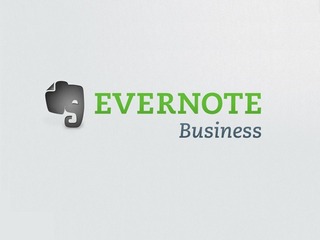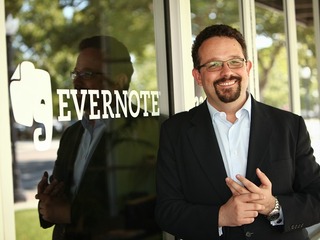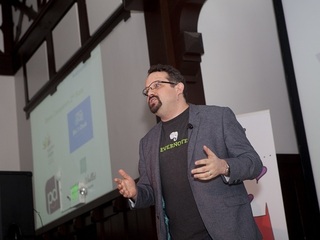How does Course Hero make money?
The company offers a freemium model, where users can pay to access more content and ask questions
Read more...
People who use Evernote—love Evernote. They love it so much that BusinessWeek has likened them to being in a cult. And that’s ultimately CEO Phil Libin’s aim: to build a product that people love so much that they become cultishly enmeshed. Why? Because the longer they use it, the more likely they are to get to a point where they can’t live without it, and the more likely they are to become paying users.
I love Evernote—in large part because I love Phil Libin. He’s one of the few CEOs who’s not at all reticent about disclosing numbers and metrics. He also has an identity mug—not just one, but a bunch of the same mug so that when people try to mess with him by taking his identity mug, he can grab a backup. I like that man’s style.
But at some point, the evitable question surfaces: how does Evernote make money?
The company follows a freemium model: users try out the basic product for free, and when they become addicted, they upgrade to the premium service. It’s a definite incentive to build the most customer-pleasing, competitive, addictive product you can.
But how many of Evernote’s users become premium subscribers? Interestingly, Evernote has a pretty consistent pattern of converting users the longer they use the product. While only some 0.5% of first-time users jump straight to the premium product, that number goes up to 7% after one year of use. After two years, that number climbs to 11%. Of those using the product the longest—four or five years—a full 25% are likely to become paying users.
Evernote had 80 million subscribers as of December 2013. Users can get the premium service for $5 a month or $45 a year.
The company added two new products in 2013: Evernote Business and the Market.
Phil Libin describes Evernote Business as a more collaborative product, likening it to a multi-player game while the regular premium service would be a single-player game. Companies pay for the service and employees can use it and share notes.
But the Market has probably been the biggest surprise for Evernote—and for users. Evernote is a software company. What’s it doing selling physical goods?
I’ll tell you what it’s doing: it’s making buttloads of money. While it took Evernote 16 months to reach $1 million, it took Evernote Business five months and Market just one month. Today, Market accounts for a whopping 30% of Evernote’s monthly revenue. Prior to the launch of Market, premium made up 89% of Evernote’s monthly sales while Business accounted for 11%. Today, premium accounts for 61% and Business accounts for 9%.
More importantly, Market is the only Evernote product that isn’t cannibalizing another Evernote product. The basic service, premium service, and Business all cannibalize one another. But a full 51% of Market sales come from purchases made by free users, and 11% of sales come from people who aren’t even Evernote users, as Phil Libin revealed at LeWeb in December. He also said that the most popular items are the Scansnap Evernote Scanner, the backpacks, and the Jot Script Stylus. Together, they account for 30% of Market sales.
Founded in 2004, Evernote has raised $251 million to date. Phil Libin said in December that the company may raise more and will likely go public in two or three years.
The company offers a freemium model, where users can pay to access more content and ask questions
Read more...The company sells a premium version of its free product to parents, schools and districts
Read more...Initially a platform for renting textbooks, it now makes 90% of revenue from software subscriptiions
Read more...



